#Roman Villa
Text

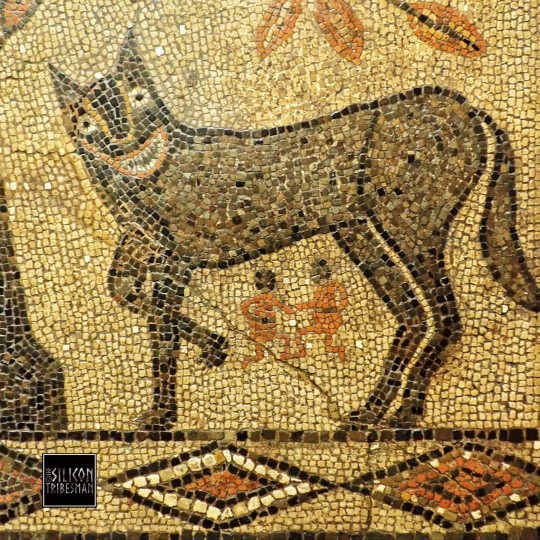

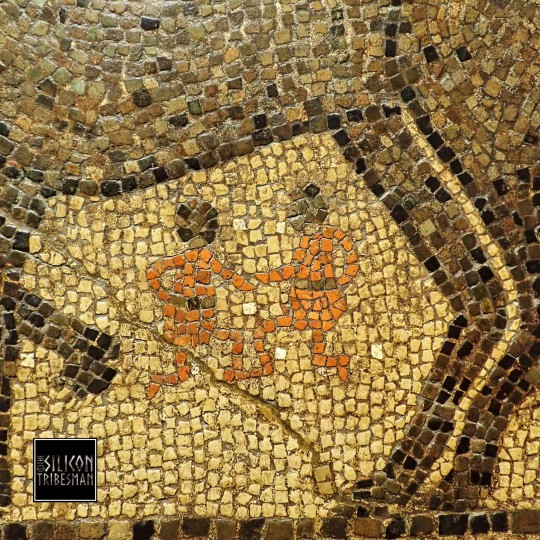
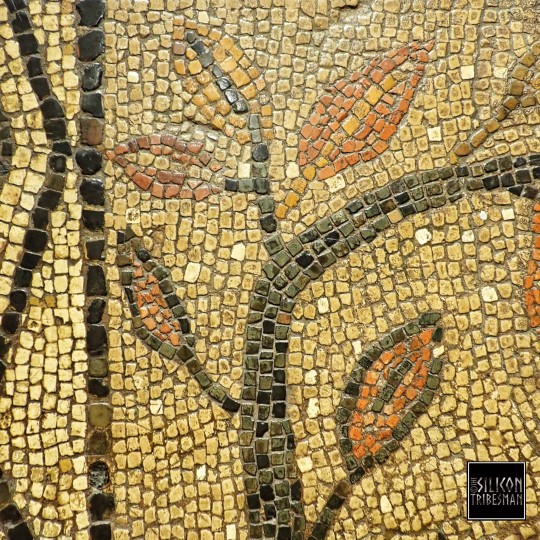
The Wolf and Romulus and Remus Mosaic, Roman Aldborough, North Yorkshire, 300-400CE, Leeds City Museum.
This panel formed the centrepiece of a large mosaic floor constructed in the Roman town of Isurium Brigantum, now Aldborough in North Yorkshire. The mosaic depicts the legend of Romulus and Remus. They were abandoned in the River Tiber but washed ashore where they were fed by a she-wolf.
#romulus and remus#she wolf#roman#roman myth#romans#roman culture#roman villa#roman mosaic#roman craft#roman britain#ancient living#ancient craft#ancient cultures#relic#archaeology#artefact#roman empire#mythology#roman living
785 notes
·
View notes
Text
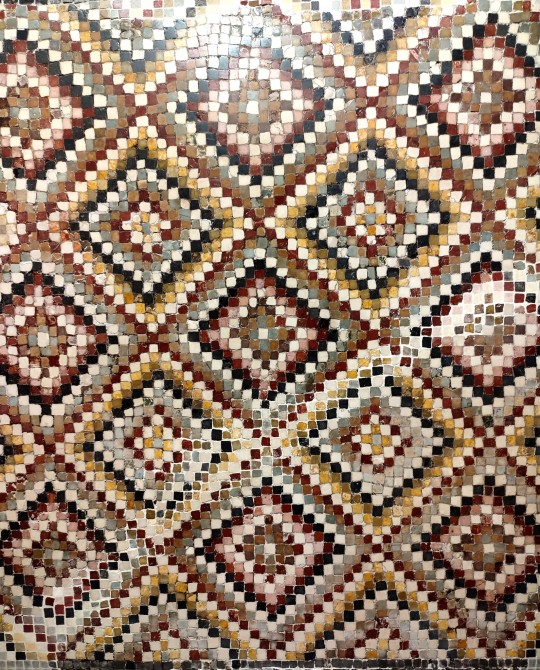
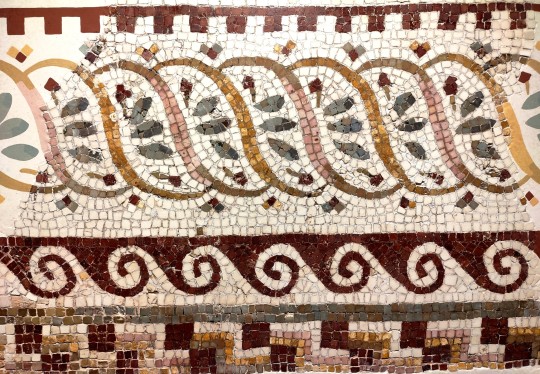
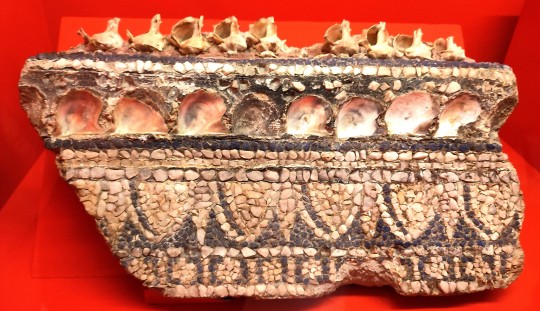
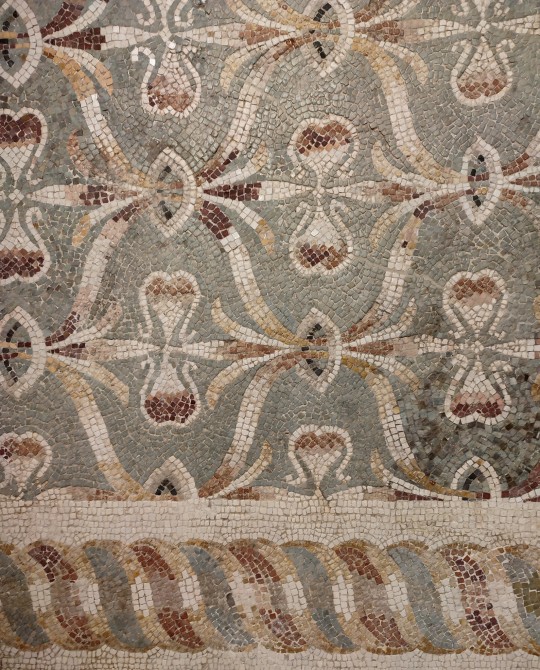
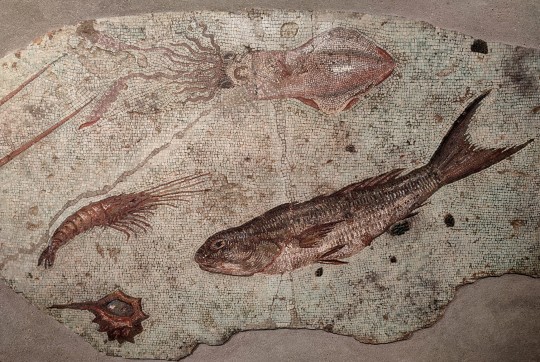
Roman mosaics, Centrale Montemartini, Rome
#Love the one with shells in it#There is always one with fish in every museum#Art#ancient history#Roman#Roman art#italy#ancient art#rome#Mosaic#villa romana#Roman villa
560 notes
·
View notes
Text

Roman Villa at Sunset by Ferdinand Knab
#ferdinand knab#art#roman villa#roman#villa#sunset#sun#landscape#architecture#history#ancient roman#ancient rome#europe#european#antiquity#classical#ancient#romanticism#romantic#palace#italy
1K notes
·
View notes
Text
Imperator Vegeta IV et Bulma 🍇
🏛️🔱Ancient Roman Empire AU⛲🏺

180 hours, Clip Studio Paint
For the @vegebulocracy Time After Time event
Buy Print here 🖼️👉
https://whirlydoodle.bigcartel.com/product/vegebul-rome-print
#myart#vegebul#hail caesar#vbtimeaftertime#vegeta#dragonball#dbz#bulma#dbzfanart#art#dragonballz#ancient rome#roman#grapes#roman villa#ドラゴンボール#ベジブル#ベジータ#ブルマ#clip studio#digital painting
489 notes
·
View notes
Text

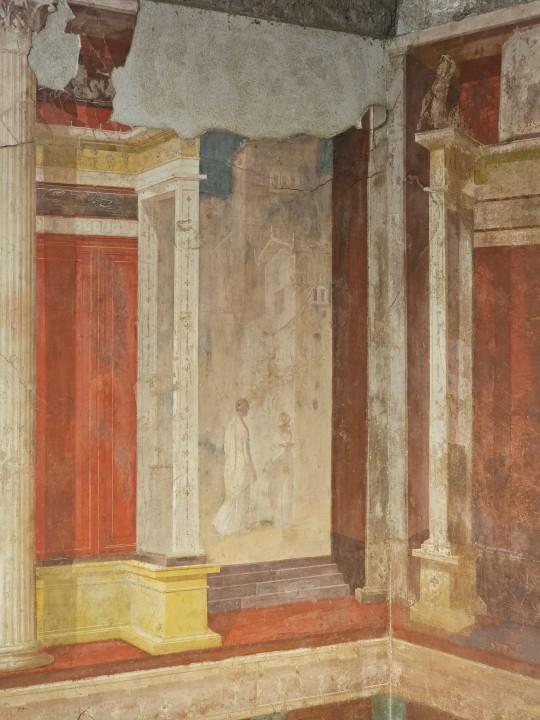

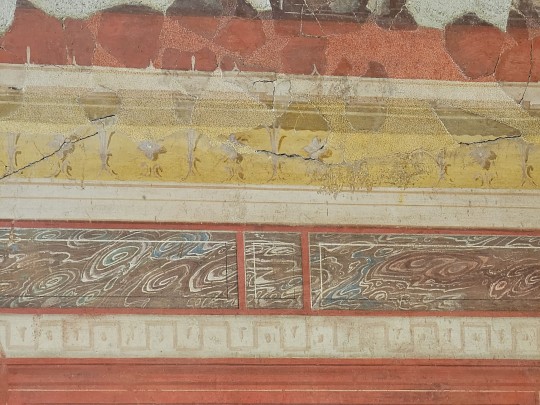
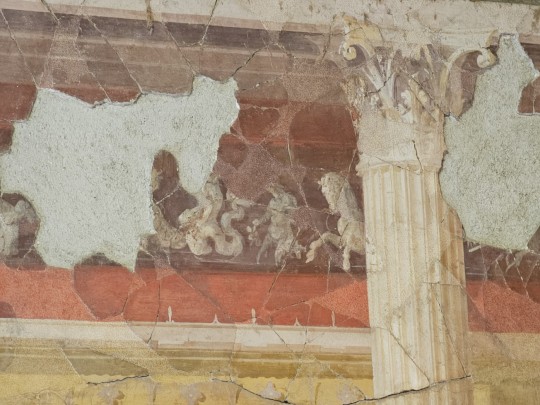
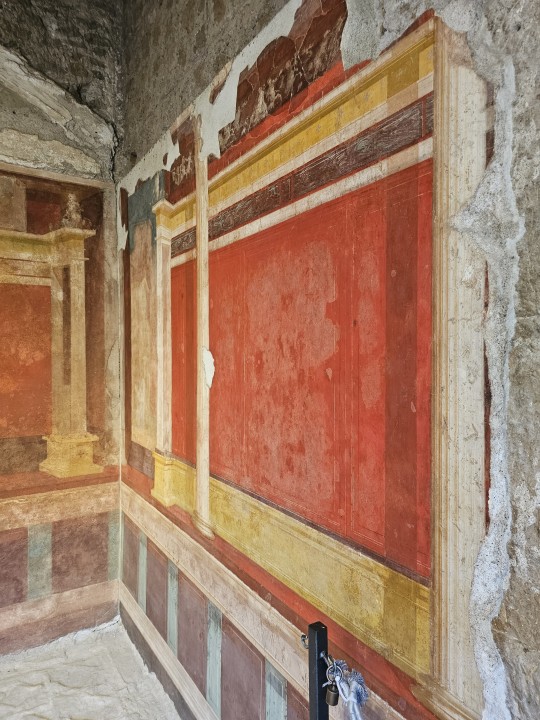

Room of the East Peristyle of the House of Augustus, 1st century BCE | In the Roman Forum complex, Palatine hill
Beautiful example of the "Second Style" of Roman fresco work, characterized by architectural trompe-l'œil and the insertion of scenes as "windows" to the outside, such as the glimpse behind the stage of the two women standing in the city in conversation.
#roman art#house of augustus#domus augusti#roman fresco#roman second style#roman forum#palatine hill#roman villa#ancient rome#roman empire
217 notes
·
View notes
Text
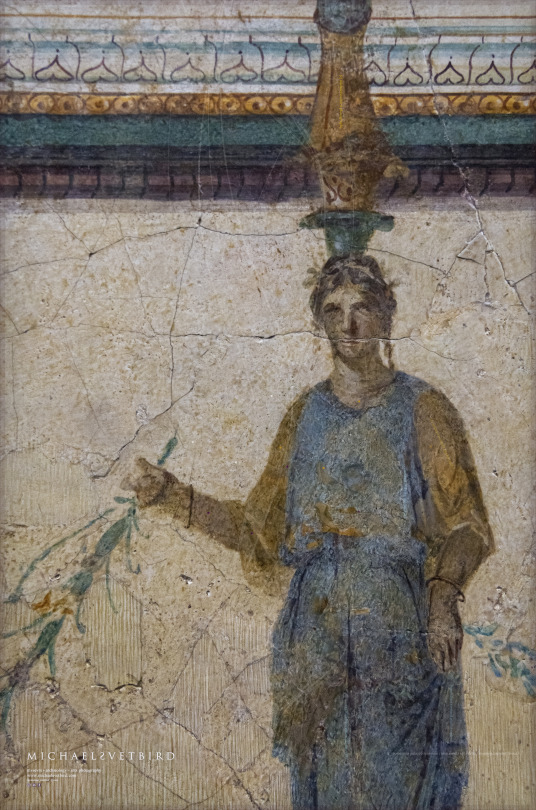



FEMALE Figure Wall Painting:
A fresco from Villa della Farnesina, Rome [Corridor F, G]
Discovered | Excavated in 1879 "in the garden of the Renaissance Villa Farnesina" [modern Trastevere area]
Augustan age, 1 BC - 1 AD.
Palazzo Massimo, Museo Nazionale Romano | MNR PM
[2nd Floor, Sala V.]
• Web : https://museonazionaleromano.beniculturali.it/en/palazzo-massimo
• FB : https://www.facebook.com/MNRomano
• IG : @museonazionaleromano
• TW : @MNR_museo
MNR PM | Michael Svetbird phs©msp | 06|23 6200X4100 600 [I., II.]
The photographed object is collection item of MNR PM, photos are subject to copyrights.
[non commercial use | sorry for the watermarks]
#rome#roman#palazzo massimo#museo nazionale romano#massimo#villa della farnesina#roman villa#female figure#fresco#frescoes#mural#roman art#ancient painting#antiquity#archaeology#archeologia#ancient#ancient rome#ancient world#ancient culture#museology#museum#antiquities#mythology#heritage#art history#archaeology art#archaeology photography#museum photography#michaelsvetbird
65 notes
·
View notes
Text
The renewed excavations at Pompeii are revealing some fascinating things. Always interesting to see ancient remains as they were left.
21 notes
·
View notes
Text

#photooftheday#photography#blackandwhite#original#monochrome#artists on tumblr#an original#photoshoot#original photography blog#lensblr#pws photos worth seeing#pws#roman statue#roman soldiers#roman villa
9 notes
·
View notes
Text
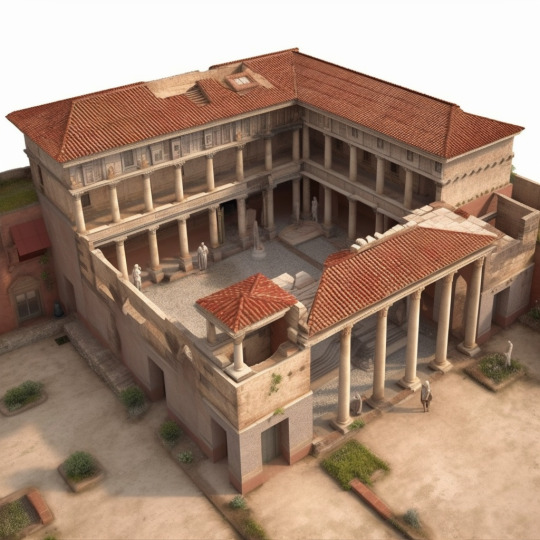



Midjourney's take on ancient Roman villas
by Midjourney v5
7 notes
·
View notes
Text






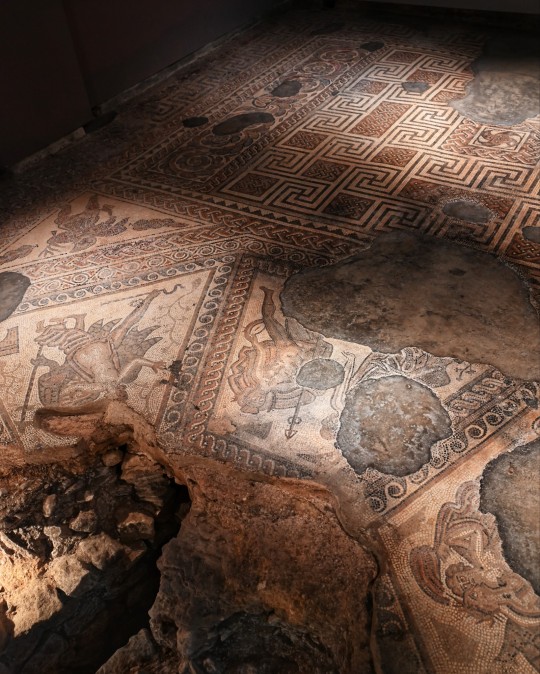


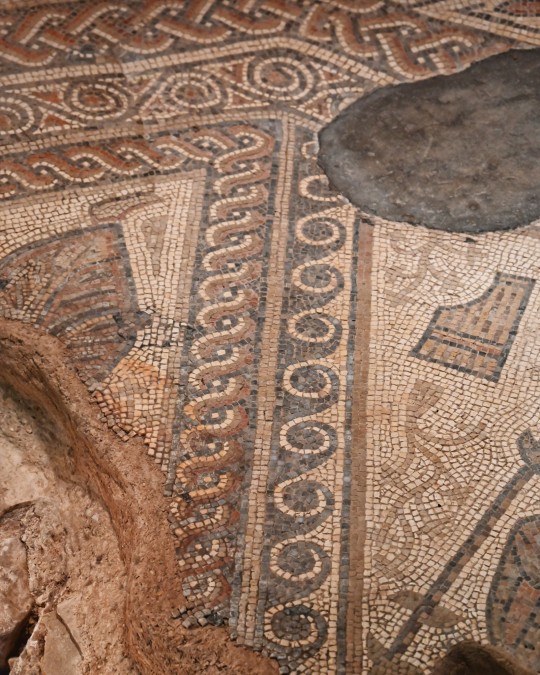
Grand Dining Room and Associated Room Mosaics, Chedworth Roman Villa, Gloucestershire
#roman#roman vishniac#roman belief#roman empire#roman craft#romans#roman building#roman britain#roman villa#archaeology#ancient craft#ancient culture#ancient sites#gloucestershire#Chedworth Roman Villa
659 notes
·
View notes
Text

MOSAICO DE LA VILLA ROMANA DEL CASALE
(Español / English)
La Villa Romana del Casale, situada en la pintoresca localidad siciliana de Piazza Armerina, es un tesoro arqueológico que data del IV siglo d.C. Esta villa romana tardía fue incluida en la lista del Patrimonio de la Humanidad por el UNESCO en 1997.
He aquí algunos detalles fascinantes sobre la historia de esta extraordinaria residencia:
Descubrimiento casual: En el siglo XVII, los campesinos que trabajaban en los campos del alto valle del río Gela, al pie del monte Mangone, notaron numerosas estructuras de pared que emergían del suelo. Estas revelaron entonces que pertenecieron a la grandiosa villa imperial del Casale. El entusiasmo por este hallazgo atrajo la atención de muchos eruditos locales.
Mosaicos excepcionales: La Villa Romana del Casale es famosa sobre todo por su extraordinaria colección de mosaicos, perfectamente conservados en el tiempo gracias a una capa de barro causada por una antigua inundación. Estos mosaicos decoran los pisos y representan escenas mitológicas, animales, juegos y actividades diarias. Son un verdadero espectáculo para los ojos y testimonian la riqueza y el gusto artístico de la época romana.
Estructura monumental: El chalet incluye Cubículos, Vestíbulos,Peristilos, Ambulacri, Triclini, Diaete, Acueductos, Latrine y Termas. La disposición en diferentes niveles recuerda el ejemplo de la villa del emperador Tiberio en Capri. La magnificencia de los mármoles, de las columnas y de los suelos de mosaico desafía incluso la morada de Diocleciano en Split.
La Villa Romana del Casale es un viaje al pasado, un lugar donde la historia y el arte se funden en una experiencia extraordinaria. Si alguna vez tienes la oportunidad de visitarla, te recomiendo admirar estos mosaicos únicos y sumergirte en la antigua grandeza de este lugar mágico.
------------------------------------------------------------------------------
MOSAIC OF THE ROMAN VILLA DEL CASALE
The Villa Romana del Casale, located in the picturesque Sicilian town of Piazza Armerina, is an archaeological treasure dating back to IV century AD. This late Roman villa has been listed as a World Heritage Site by UNESCO in 1997.
Here are some fascinating details about the history of this extraordinary residence:
Random discovery: In the XVII century, farmers working in the fields of the upper valley of the river Gela, at the foot of the mountain Mangone, noticed numerous wall structures emerging from the ground. They later revealed that they belonged to the grand imperial villa of the Casale. The enthusiasm for this discovery attracted the attention of many local scholars.
Exceptional mosaics: Villa Romana del Casale is famous for its extraordinary collection of mosaics, perfectly preserved over time thanks to a layer of mud caused by an ancient flood. These mosaics decorate the floors and represent mythological scenes, animals, games and daily activities. They are a real spectacle for the eyes and testify to the richness and artistic taste of the Roman period.
Monumental structure: The villa includes Cubicles, Vestibules, Peristili, Ambulatories, Triclini, Diaete, Aqueducts, Latrine, and Terme. The layout on different levels recalls the example of the Emperor’s villa Tiberius on Capri. The magnificence of the marbles, columns and mosaic floors defies even the abode of Diocletian in Split³.
The Villa Romana del Casale is a journey into the past, a place where history and art come together in an extraordinary experience. If you ever have the opportunity to visit it, I recommend that you admire these unique mosaics and immerse yourself in the ancient greatness of this magical place .
2 notes
·
View notes
Text
Is this the best Roman Villa in the UK? Ongoing investigations at the Rutland Villa site, with its now famous Achilles mosaic, have revealed a rather modern sounding development took place – a barn conversion. It seems the owners of this luxury villa were not content, and converted a barn into a luxury Roman spa.
27 notes
·
View notes
Photo
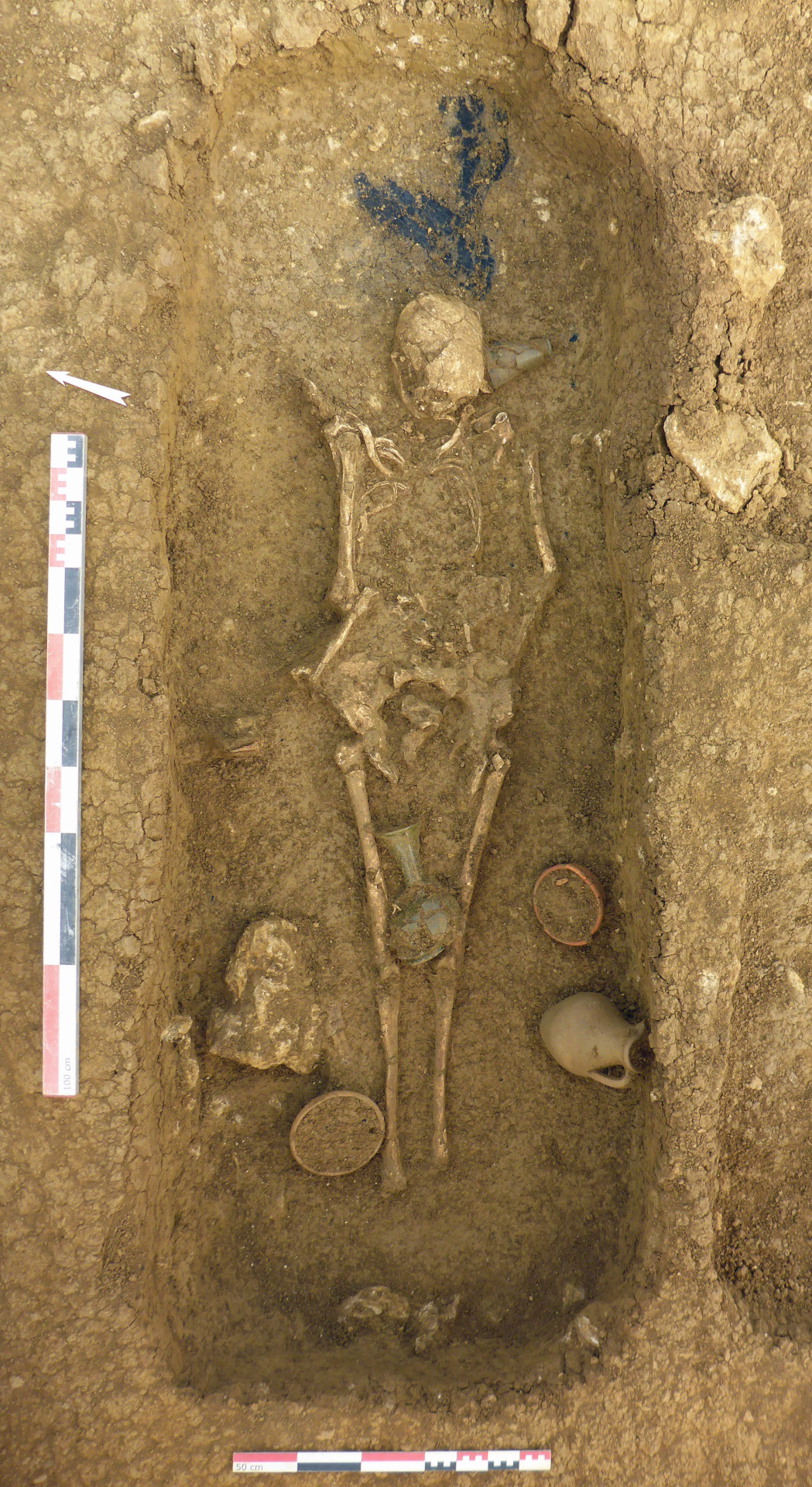

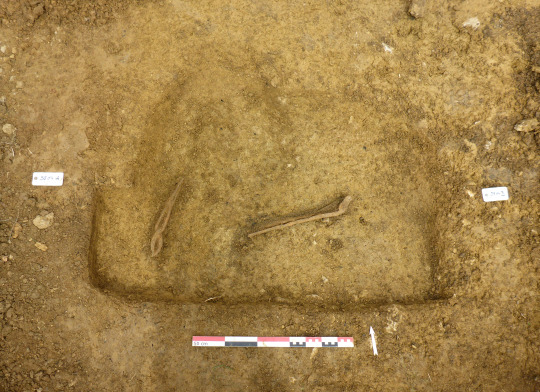
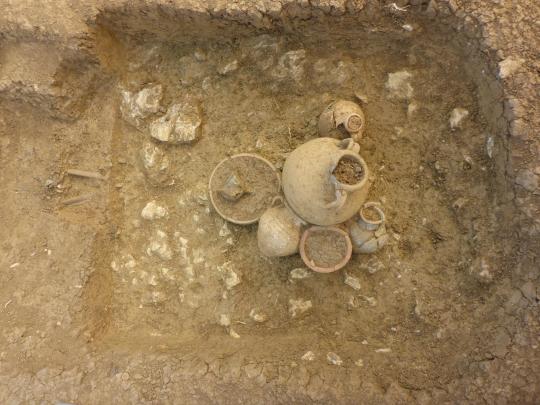


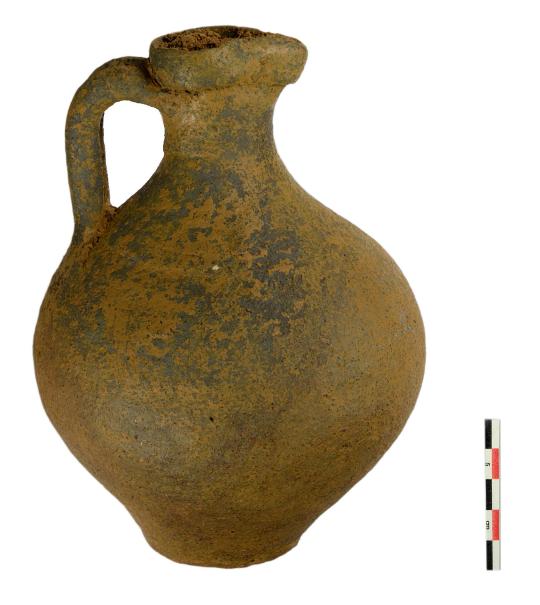
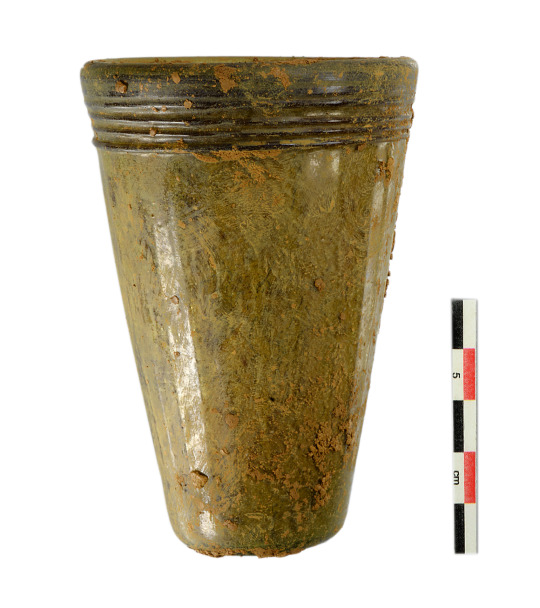
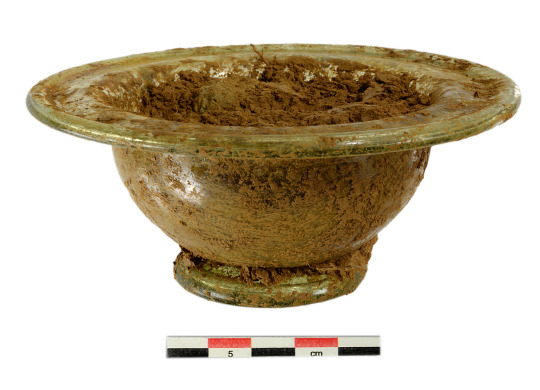
Roman Era Necropolis Found in France
A small rural necropolis from the late 5th century has been discovered in Sainte-Marie-aux-Chênes, northeastern France. Located along an ancient road, the necropolis contains the remains of cremation structures and several richly furnished inhumations. The burial ground is likely connected to a nearby ancient Roman villa whose remains were discovered more than a decade ago.
A survey of the site before construction of a subdivision in 2009 found evidence of archaeological material. In the two seasons of excavations that followed, archaeologists unearthed the remains of the pars rustica (the farm buildings) of a 1st century Roman villa and a Medieval hamlet occupied through the 12th century. Three Merovingian-era (mid-5th-8th c.) tombs containing the remains of seven people, all from the same family, were found in the ruins of a barn from the Roman estate.
Excavations resumed in 2020 when the subdivision planned to expand towards the former Ida mine and factory. Test pits discovered the first early Iron Age remains at the site attesting that the area was settled earlier than previously realized and a continuation of the Medieval hamlet into the valley. A cremation pit and a secondary deposit from the Gallo-Roman era were also uncovered. They date to the 1st century A.D.
The 2020 excavation explored the opposite side of the valley to the 2009-10 digs. The soil there has been heavily eroded, but that had the felicitous archaeological side-effect of accumulating sediment layers over the necropolis which helped preserve the remains. Digging through those layers, archaeologists unearthed about 10 cremation structures. Fragments of charred bone remains were found in carefully cut quadrangular pits and in much rougher round niches that look like postholes but aren’t. There are no cinerary urns and very little surviving bone material. A few nails were found, perhaps from a casket, and a square pit containing a deposit of blacksmithing tools and forge remnants (tongs, metal scraps, slag).
Ten tombs from Late Antiquity were found in this same space. The pits were dug with deliberation in parallel rows. All of the graves contained a single inhumed individual in supine position, adults of both sexes and four confirmed young children. Two adult women were identified by their hairpins and necklaces. While no coffins or burial beds were found in the graves, iron nails and wood traces suggest the bodies were originally buried in or on wooden biers.
The deceased were laid to rest with a variety of grave goods. Ceramic vessels made of local Argonne clay were found at the head and/or the foot of the bodies. They are believed to have contained food offerings now long decomposed. Glassware of high quality and diversity was also buried with the dead: cups, bottles, flasks, goblets, bowls, dishes. Jewelry — mostly copper alloy pieces with beads, amber and glass paste — adorned the deceased. There were coins in the graves as well, some individual, some in groups that were probably held in purses of organic material. Last but least, two bone combs were discovered and one miniature axe interred next to the head of a child.
The remains recovered from the excavation are still being studied. Researchers hope to learn more about the sex, ages and health records of the deceased. The necropolis itself is also still undergoing analysis to explore how it was organized and used, and to shed new light on the funerary practices of the people who lived and died their in Late Antiquity.
#Roman Era Necropolis Found in France#roman villa#ancient tomb#ancient grave#ancient artifacts#archeology#archeolgst#history#history news#ancient history#ancient culture#ancient civilizations#roman era#roman history#roman empire
24 notes
·
View notes
Text

'Stair and Fountain in the Park of a Roman Villa'. Hubert Robert. c. 1770.
38 notes
·
View notes
Text

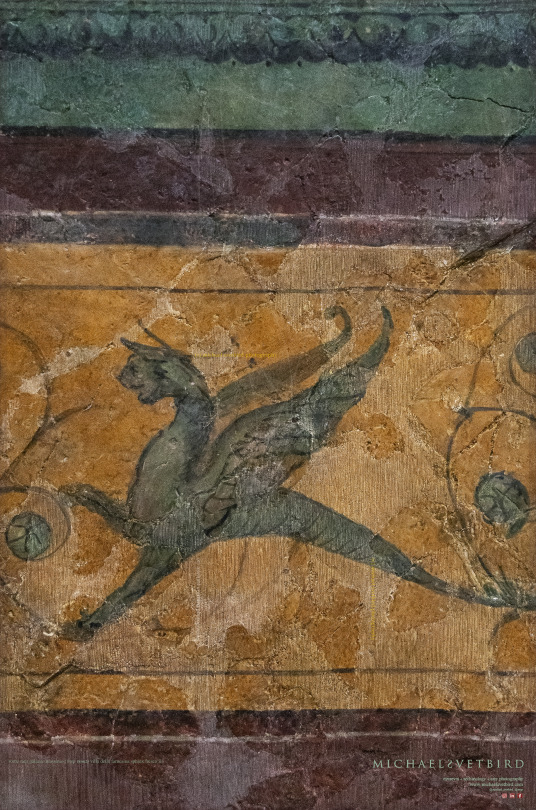

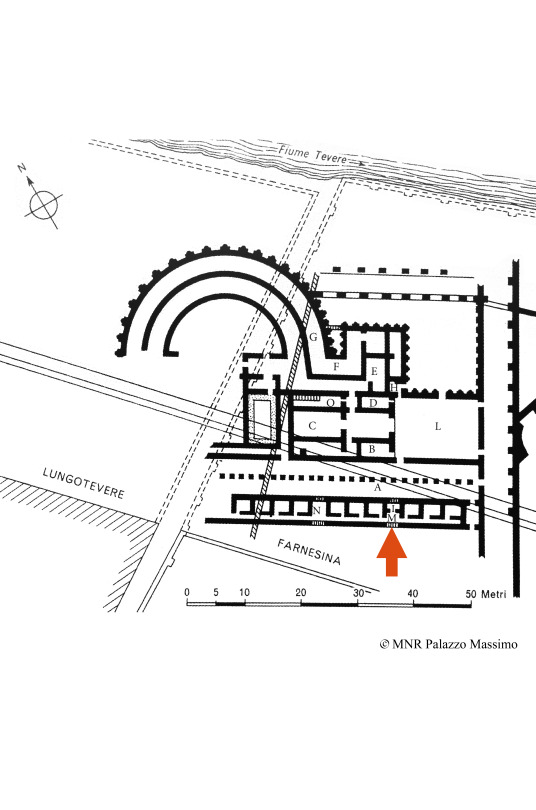
SPHINX Wall Painting Detail | Fragment:
From Villa della Farnesina, Rome [service room of the small space I at the entrance to villa cryptoporticus]
Discovered | Excavated in 1879 "in the garden of the Renaissance Villa Farnesina" [modern Trastevere area]
Augustan age, 1 BC - 1 AD.
Palazzo Massimo, Museo Nazionale Romano | MNR PM
[2nd Floor, Sala III.]
• Web : https://museonazionaleromano.beniculturali.it/en/palazzo-massimo
• FB : https://www.facebook.com/MNRomano
• IG : @museonazionaleromano
• TW : @MNR_museo
MNR PM | Michael Svetbird phs©msp | 18|06|23 6200X4100 600 [I.]
The photographed object is the collection item of MNR PM and subject to copyrights.
[non commercial use | sorry for the watermarks]
.
#rome#roman#palazzomassimo#museonazionaleromano#massimo#villadellafarnesina#roman villa#sphinx#wallpainting#fresco#frescoes#romanart#ancientpainting#mythicalcreatures#antiquity#archaeology#archeologia#ancient#ancient rome#ancient world#ancientcultures#museology#museum#mythology#heritage#art history#archaeologyart#archaeologyphotography#museumphotography#michaelsvetbird
102 notes
·
View notes
Text
i made this uquiz awhile ago
4 notes
·
View notes